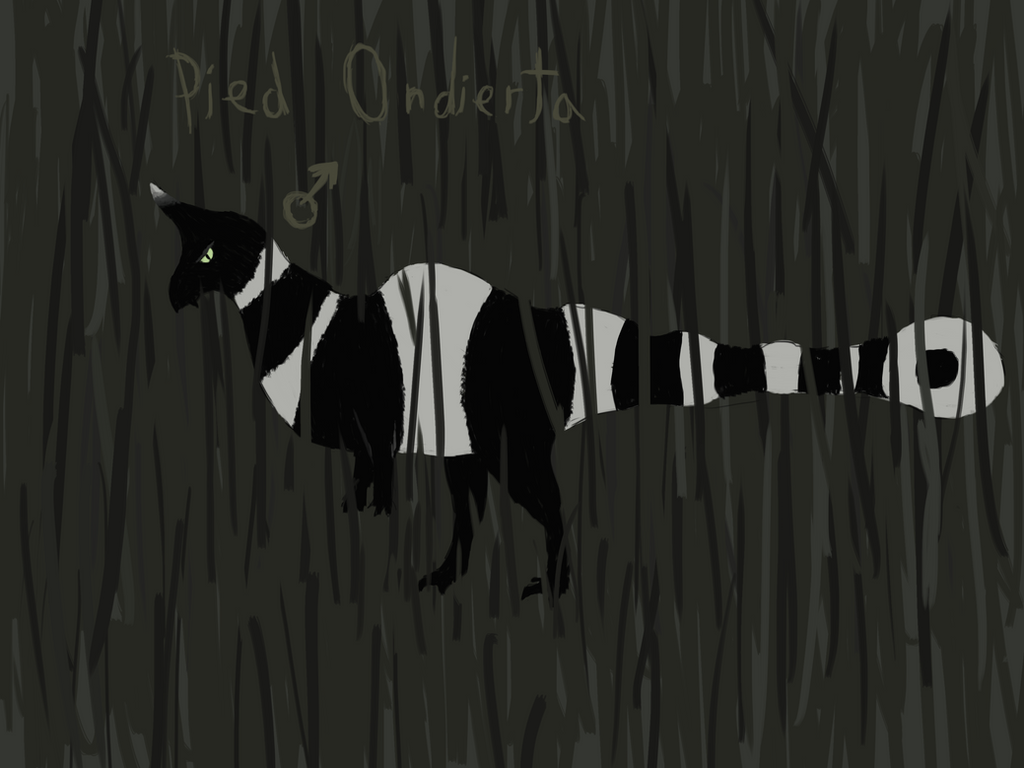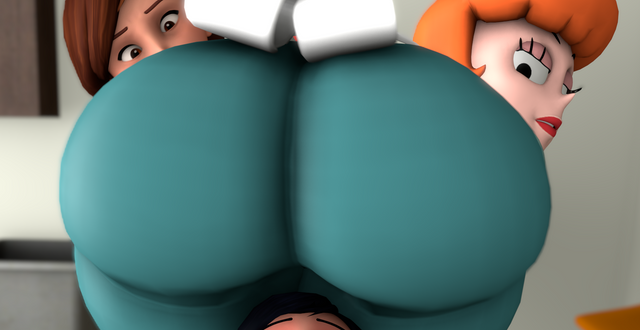HOME | DD
 Archipithecus — Pied Ondierta
Archipithecus — Pied Ondierta

#bygoneworld #speculativeevolution
Published: 2015-10-15 18:27:11 +0000 UTC; Views: 1343; Favourites: 15; Downloads: 0
Redirect to original
Description
This elusive dinosaur is medium sized heterodontosaur from the cloud forests of Dusa. It’s highly recognisable, with its striking black and white coloration. They're about the size of a kori bustard, if the kori bustard had long tail. Males are typically about 2 meters long, and weighing between 20 to 30 kg, with females being slightly smaller. Males also have the distinctive large feathery crests going down its head, back, and tail. These crests, like the seemingly useless feathers of the peacock, are for looking sexy and attracting mates. They’re nocturnal, and their black and white coloration is to break up the silhouette, similar to what the Malaysian tapir does.
The pied ondierta is primarily herbivorous. They’re low browsing animals, and mainly feed on leaves and fallen fruits. However, camera traps placed next to carcasses in the forest have captured groups of pied ondiertas visiting the site and eating meat, like some forest antelope.
When startled, they will dart off through the tangled undergrowth surprisingly quickly.
The pied ondierta is primarily solitary, and normally only get together to mate. They are a lekking species. Males perch on large rocks or other high places and call to females. They're known for their complex songs. Ondiertas on different mountains have different song styles. The calls are typically composed of high warbles, followed by deep booms. They call at night, so if they need to they can slip away into the undergrowth.
After mating, the females find an hidden hollow to lay their eggs. Unlike their cousins the true ondiertas, pied ondiertas put more effort into raising their young. Hens typically lay 5-10 eggs, who hatch after about a month. They are precocial, and can leave the nest after a few hours.
The predators of the pied ondierta aren’t fully known, however many animals will opportunistically eat their eggs. Pseudorillas will eat eggs if they find them, and tiggers will go after both eggs and juveniles.
Notes
Despite being named an ondierta, the pied ondierta isn’t very close to the true ondiertas. There are several differences between the two. They are more solitary and nocturnal than true ondiertas. Their forelimbs are also reduced in size.
-------------------------------------------
Made for the SpecEvo community project "A Bygone World."
Related content
Comments: 10

I love the overall design of this picture. The foreground colors mixed with the animal in the background is rather visually pleasing. It kinda reminds me of colors seen in marine life. Good job Archie!
👍: 0 ⏩: 1

Hey that's awesome! I'm happy that the Ondierta are still being used!
👍: 0 ⏩: 1

Yeah! Now I just have to write about it.
👍: 0 ⏩: 1

Eh, it'll get my yay either way-rhyme not intentional.
👍: 0 ⏩: 1

I shall write it in Seussian form.
👍: 0 ⏩: 0



























